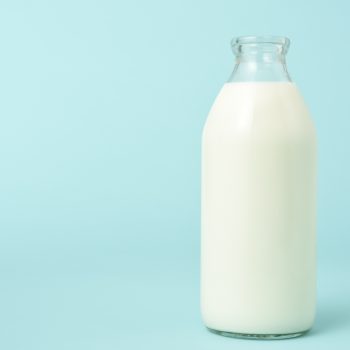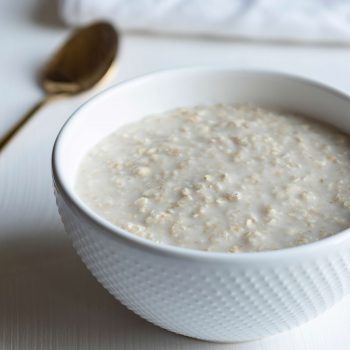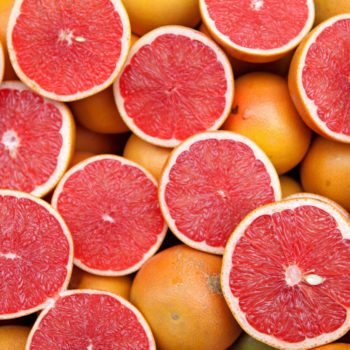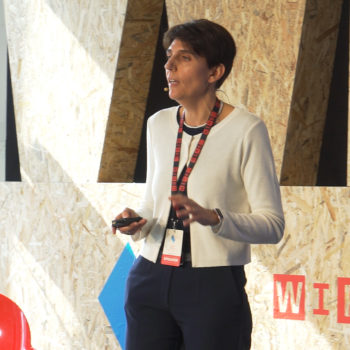According to the most recent statistics, Italian children continue to exercise a sad primacy in Europe: that of overweight and obesity. Although this disease is declining, the numbers still do not allow us to lower our guard. Correct information on the best eating habits is therefore the basis of a process of change that has yet to take place. One of the commonplaces to be debunked is that the consumption of milk and cheese, if consumed in the correct quantities, encourages childhood obesity. We talk about this issue with Dr. Elisabetta Macorsini, a dietician at Humanitas.
Dairy products are good for growth
In Italy almost one in two children is overweight and, of these, 21% is obese. The rates are slightly lower for females of the same age: more than one in three is overweight, of which 14% is obese. To be reversed, this data requires a greater physical effort, as well as diet. Among the foods that should not be demonized, however, are cow’s milk and products derived from it, which do not play a role in the onset of childhood obesity, provided they are consumed in the right quantities.
According to the latest European congress on obesity, which just ended in Vienna, there is no evidence that the consumption of dairy products promotes the development of obesity or increases appetite. Milk, yoghurt and cheese are in fact foods rich in nutrients and essential especially in the growth phase.
A false myth
Over the years, in the light of some debates, the fear that excessive consumption of dairy products could be the basis for the accumulation of extra pounds in children had grown out of all proportion. This was recently denied after reviewing the conclusions of 95 studies involving more than 203,000 children. The researchers examined the impact of the consumption of milk (whole and skimmed) and dairy products on the development of obesity between 1990 and 2017.
While evidence associating excessive consumption of milk-based products with increased body fat is still considered rather weak, the impact of types of vegetable milk (which is not sanctioned as milk in the European Union) on the waistline remains to be assessed, for which sufficient scientific studies are still lacking.










